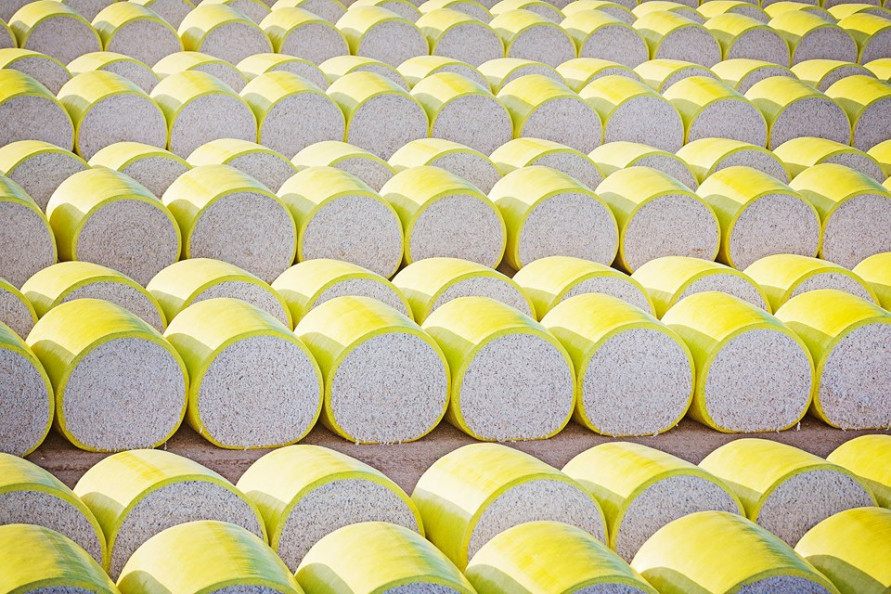While cotton prices are holding their own at 80 cents per pound, they have seen pressure and come off of recent highs. What’s driving the market? According to Darren Hudson, director of the International Center for Ag Competitiveness at Texas Tech, there are two factors driving the market: cotton supply and currency depreciation.
“After planting time, it didn't look as bad as people thought it was going to be. So, there was some added production in the system that people were thinking about,” Hudson explains. “Then we've also seen some pretty rapid currency depreciation both in customers like Turkey and in competitors like Brazil and India, and those have put pressure on U.S. prices as well.”
Because Texas has been in a severe drought for the entire growing season, farmers are abandoning dryland cotton crops at an alarming rate.
“I think some of the dry land acres, especially from sort of Plainview, Texas south, we could see as high as 75% in each county abandonment on dry land,” he says.
According to Hudson there could still be some surprises left in the cotton market. While China isn’t buying as much cotton as they were before the tariffs, they are still purchasing U.S. cotton.
“I mean, the tariffs have I've taken a bite out of their willingness to buy,” he says. “They are buying forward into the in the 2019 crop year, but other countries have stepped up to the table a bit.”
The textile process has moved to Southeast Asia which is growing markets for U.S. cotton, Hudson explains.
“Vietnam is now the largest consumer of U.S. cotton, but also Cambodia, Thailand, Indonesia, places like that,” he explains. “We're losing Turkey at this point, because of the currency issues [and] that's a little bit troublesome. That could cause us a little bit of pressure on price.”
On the other hand, if the currencies “move in the right direction” demand could increase.
“As long as we don't get any bad news, I think we're in decent shape going forward,” he says. “Everything else is baked in the pie, so hopefully we'll get some good news and go the right direction.”
Πηγή: Agweb

